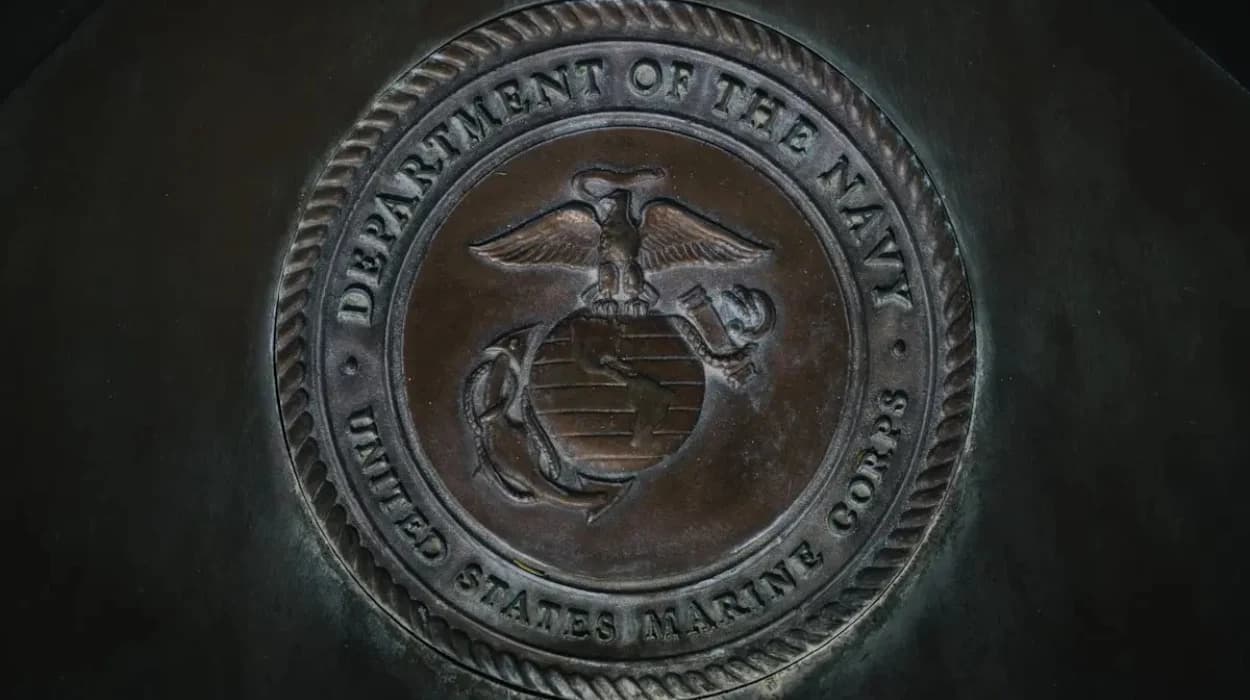Summary
- US Central Command launched the Rapid Employment Joint Task Force (REJTF).
- The task force aims to deliver combat-ready tech within 60 days.
- Focus areas include capability, software, and technology diplomacy.
This initiative, known as the Rapid Employment Joint Task Force (REJTF), aims to reduce the time it takes to deploy combat-ready equipment to 60 days or less. CENTCOM Chief Technology Officer Joy Shanaberger is leading this task force.
Three key areas are highlighted by the REJTF: tech diplomacy, software, and capabilities. The task group aims to provide a more streamlined and effective structure to improve the operational readiness of US forces by coordinating activities across multiple military branches.
Shanaberger highlighted the urgency inherent in this program, asserting, “Equipping skilled warfighters faster with cutting-edge capabilities will deter bad actors,” thereby accentuating its integral role in fortifying national security.
The importance of the REJTF was further emphasized by CENTCOM Commander Admiral Brad Cooper, who noted that it is in line with larger government goals to “rapidly equip our warriors”.
In order to demonstrate a strategic shift towards modernization and improved operational effectiveness, he reaffirmed the initiative's goal of accelerating the availability of new warfighting capabilities for skilled people.
The REJTF's creation is a part of a larger Pentagon plan aimed at accelerating the procurement and deployment of cutting-edge technologies, especially in the drone industry.
Pete Hegseth, the defense secretary, has already pushed for increased production in the US drone industry and the quick integration of affordable, combat-ready unmanned systems into military formations.
In order to accomplish its goals, the task force plans to bring together specialists from a variety of disciplines, including acquisitions, logistics, and warfighter training.
Over 300 people attended this seminar, which assessed 20 counter-unmanned aerial systems as US, Saudi, and industry professionals worked together to explore new developments in drone threat detection, tracking, and neutralization technology.
Additionally, the urgent need to expedite the transfer of technology to frontline people was discussed at a conference earlier this year that brought together important players from the defense industry and the Department of Defense.
This continuous discussion demonstrates a dedication to guaranteeing that military personnel have access to cutting-edge technological advancements in a battlefield that is changing quickly.
What oversight and testing safeguards will be applied before deployment?
Technologies will be thoroughly evaluated under operationally realistic settings, including simulated operational use, in order to ensure performance, reliability, and interoperability with the military's current systems.
All systems must pass detailed safety assessments to mitigate risk to personnel and equipment, including cybersecurity evaluations to protect against cybersecurity vulnerabilities and data breaches.
All deployments will occur in sequential phases, and new technology will be introduced in a phased manner to manage disruption to ongoing operations and facilitate quick containment of any issues.
For review of each technology for compliance with military standards and mission requirements, the task force will include individuals with expertise in the areas of engineering, acquisition, logistics, operations, and intelligence.

